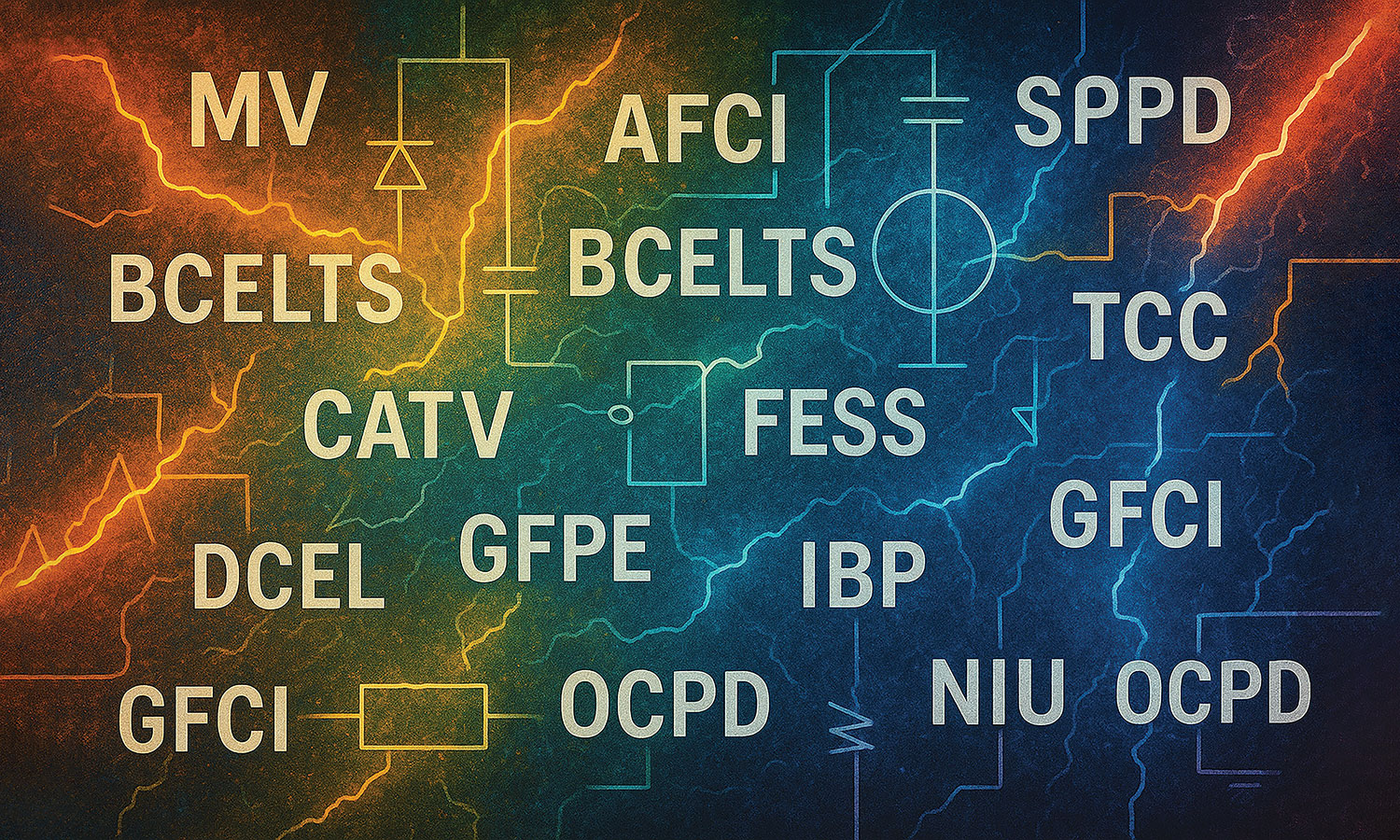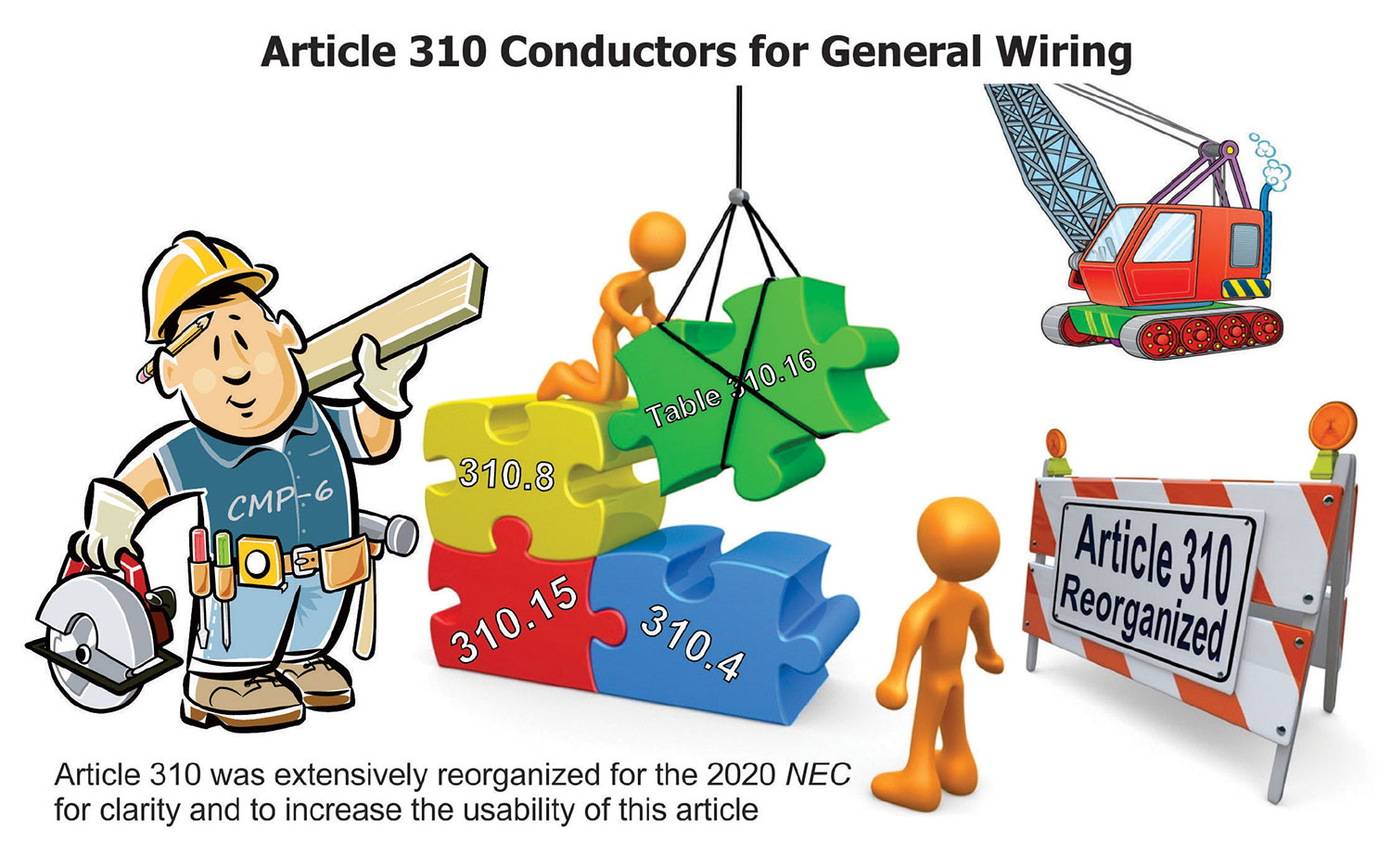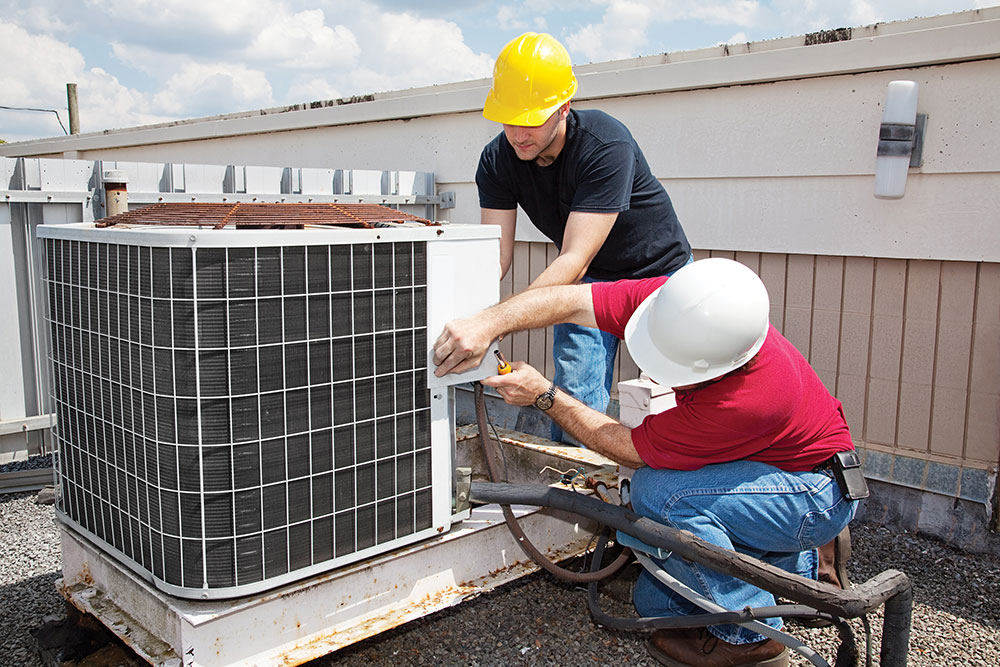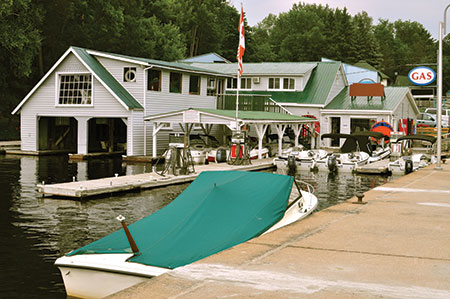The National Electrical Code® (NEC®) has long embraced acronyms as tools for efficiency and brevity. In the 2026 edition, the use of acronyms continues to expand, reflecting the increasing complexity of modern electrical systems. While acronyms can streamline code writing and referencing, they also present challenges for comprehension, particularly for newer users or those outside the core design and inspection communities. Understanding these abbreviations is crucial for proper interpretation, application, and compliance.
Purpose and Impact of Acronyms in the NEC®
Acronyms serve multiple purposes in the NEC®:
- Acronyms reduce the repetition of lengthy technical terms and ensure consistent usage across sections.
- Replacing complex phrases with abbreviations allows for more concise code language.
- Acronyms are often used in table headings, diagrams, and lists, simplifying the navigation of interconnected requirements.
However, the downside lies in interpretation. Without context or a glossary at hand, acronyms like DCOA, SPGFCI, or ELCD can become a barrier to understanding, especially for those less familiar with recent editions or industry jargon.
Trends in the 2026 NEC®
The 2026 NEC® highlights several noticeable trends concerning acronyms:
- Emergence of New Technologies: New acronyms have been introduced to describe advancements such as wireless power transfer and specialized GFCI devices.
- Use of Acronyms Promotes Consistency: This edition of the NEC® introduces many new acronyms. Utilizing acronyms to replace variations of terms and phrases that describe a common device or requirement ensures consistency.
For example, a new acronym for overcurrent protective devices (OCPD) is used throughout instead of the spelled-out verbiage.
- Integration of Acronyms into Equipment Labels and Markings: For example, disconnects must now indicate when Class C SPGFCI protection is provided, further embedding acronyms in field labeling.
To assist users, informational notes frequently define new acronyms, and Article 100 remains the primary repository for definitions. However, not all acronyms are formally defined, which makes supplementary resources increasingly important for apprentices, electricians, and inspectors.
Common Acronyms in the 2026 NEC
Below is a curated list of acronyms commonly used or newly introduced in the 2026 NEC:
| Acronym | Meaning | Context |
| ac | Alternating Current | General electrical terminology |
| AFCI | Arc-Fault Circuit Interrupter | Branch circuit protection, See Art. 210 |
| AHJ | Authority Having Jurisdiction | Enforcement and inspection |
| ALCR | Automatic Load Control Relay | Defined in Art. 100. See Art. 700. |
| BCELTS | Branch-Circuit Emergency Lighting Transfer Switch | Defined in Art. 100. See Art. 700. |
| BCSC | Branch-circuit selection current | Defined in Art. 100. See Art. 440 |
| CATV | Community antenna television circuits (CATV) | Defined in Art. 100. |
| CI | Circuit Integrity Cable | Defined in Art 100. See Art. 772.4 |
| COPS | Critical Operations Power Systems | Defined in Art 100. See Art. 708. |
| dc | Direct Current | Power systems, Art. 210, 240 |
| DCEL | Directly Controlled Emergency Luminaire | Defined in Art. 100, Art. 700 |
| DCL | Directly Controlled Luminaire | Defined in Art. 100, Art. 700 |
| DCOA | Designated Critical Operations Areas | Defined in Art. 100. |
| EGC | Equipment Grounding Conductor | Defined in Art. 100 |
| ELCD | Emergency Lighting Control Device | Defined in Art 100. |
| EMS | Energy Management Systems | Defined in Art. 100 |
| EMT | Electrical Metallic Tubing | Defined in Art. 100. |
| ENT | Electrical Nonmetallic Tubing | Defined in Art. 100. |
| EPL | Equipment Protection Level | Defined in Art. 100 |
| EPS | Emergency Power Supply | Defined in Art. 100 |
| EPSS | Emergency Power Supply System | Defined in Art. 100 |
| ESS | Energy Storage System | Defined in Art. 100 |
| ESV | Electric Self-Propelled Vehicle | Defined in Art. 100. See Art. 627 |
| ESVPE | Electric self-propelled vehicle power export equipment | Defined in Art. 100. See Art. 627 |
| ESVSE | Electric self-propelled vehicle supply equipment | Defined in Art. 100. See Art. 627 |
| EV | Electric Vehicle | Charging infrastructure. See Art. 625 |
| EVPE | Electric Vehicle Power Export Equipment | Defined in Art. 100. See Art. 625 |
| EVSE | Electric Vehicle Supply Equipment | Required for EV charging. See Art. 625 |
| FEB | Field Evaluation Body | Defined in Art. 100 |
| FESS | Flywheel ESS | Defined in Art. 100. See Art. 706 |
| FMC | Flexible Metal Conduit | Defined in Art. 100. See Art. 348 |
| FMP | Fault-Managed Power | Defined in Art. 100. See Art. 726 |
| FMT | Flexible Metallic Tubing | Defined in Art. 100. |
| GEC | Grounding Electrode Conductor | Defined in Art. 100 |
| GFPE | Ground-Fault Protection of Equipment | Protection for feeders and services. See Art. 215, 230, 240, 555 |
| GFCI | Ground-Fault Circuit Interrupter | Defined in Art. 100. Personnel protection, Art. 210.8 |
| GFDI | Ground-Fault Detector-Interrupter, dc | Defined in Art. 100, Art. 690 |
| GFPE | Ground-Fault Protection of Equipment | Defined in Art. 100 |
| HDPE | High Density Polyethylene Conduit | Defined in Art. 100. See Art. 353 |
| IBP | Insulated Bus Pipe (also, see TCC) | Defined in Art. 100. See Art. 369. |
| IBT | Intersystem Bonding Termination | Defined in Art. 100 |
| ITE | Information Technology Equipment | Defined in Art. 100 |
| IMC | Intermediate Metal Conduit | Defined in Art 100. See Art. 342 |
| LCDI | Leakage-current detector-interrupter | Defined in Art. 100. See Art. 440 |
| LFMC | Liquidtight Flexible Metal Conduit | Defined in Art. 100. See Art. 350 |
| LFNC | Liquidtight Flexible Nonmetallic Conduit | Defined in Art. 100. See Art 356. |
| MCS | Microgrid Control System | Defined in Art. 100. |
| MDC | Modular data center | Defined in Art. 100. See Art. 646 |
| MEE | Medical electrical equipment | Informative Annex K |
| MID | Microgrid Interconnect Device | Defined in Art. 100 |
| NIU | Network Interface Unit | Defined in Art. 100. |
| NPLFA | Non-Power-Limited Fire Alarm Circuit | Defined in Art. 100. See Art. 760 |
| NUCC | Nonmetallic Underground Conduit with Conductors | Defined in Art. 100. See Art. 354. |
| OCPD | Overcurrent protective device | Defined in Article 100. |
| PCS | Power Control Systems. | Defined in Art. 100. |
| PLFA | Power-Limited Fire Alarm Circuit. | Defined in Art. 100. |
| PV | Photovoltaic cell | Solar power systems. See Art. 690 |
| PVC | Rigid Polyvinyl Chloride Conduit | Defined in Art. 100. See Art. 352 |
| RLC | Rated-Load Current | Defined in Art. 100. See Art. 440 |
| RMC | Rigid Metal Conduit | Defined in Art. 100. See Art. 344 |
| RTRC | Reinforced Thermosetting Resin Conduit | Defined in Art. 100. See Art. 355. |
| RV | Recreational Vehicle | Defined in Art. 100. See Art. 551. |
| SCADA | Supervisory Control and Data Acquisition | Defined in Art. 100. |
| SEPSS | Stored-Energy Power Supply System | Defined in Art. 100. |
| SPD | Surge-Protective Device | Defined in Art. 100. Replaces TVSS, Art. 242 |
| SPGFCI | Special Purpose Ground-Fault Circuit Interrupter | Defined in Art. 100. |
| TCC | Tubular Covered Conductors | Defined in Art. 100. See Art. 369. |
| TR | Tamper-Resistant | Receptacles for child safety, 406.12 |
| TRU | Transport Refrigerated Unit | Defined in Art. 100. See Art. 626. |
| Type AC | Armored Cable | Defined in Art. 100. See Art. 320 |
| Type FC | Flat cable assemblies | Defined in Art. 100. See Art. 322 |
| Type FCC | Flat Conductor Cable | Defined in Art. 100. See Art. 324 |
| Type IGS | Integrated Gas Spacer Cable | Defined in Art. 100. See Art. 326 |
| Type ITC | Instrumentation Tray Cable | Defined in Art. 100. See Art. 335 |
| Type MC | Metal-Clad Cable | Defined in Art.100 See Art. 330 |
| Type MI | Mineral-Insulated, Metal-Sheathed Cable | Defined in Art. 100. See Art. 332 |
| Type MV | Medium Voltage Cable | Defined in Art. 100 See Art. 315 |
| Type NM | Nonmetallic-Sheathed Cable [Dry locations] | Defined in Art. 100. See Art. 334. |
| Type NMC | Nonmetallic-Sheathed Cable [Dry/Wet/Corrosive Locations] | Defined in Art. 100. See Art. 334. |
| Type NM-B | Nonmetallic Sheathed Cable (Type NM-B) | See Art. 334 |
| Type PLTC | Power-Limited Tray Cable | Defined in Art. 100. |
| Type SE | Service Entrance Cable | Defined in Art. 100. See Art. 338 |
| Type TC | Power and Control Tray Cable | Defined in Art. 100. See Art. 336 |
| Type UF | Underground Feeder and Branch-Circuit Cable | Defined in Art. 100. See Art 340. |
| Type USE | Underground Service Entrance Cable | Defined in Art. 100. See Art. 338 |
| UPS | Uninterruptible Power Supply | Emergency and critical loads. See Art. 701, 702 |
| VAM | Valve Actuator Motor Assemblies | Defined in Art. 100. See Art. 430. |
| WPT | Wireless Power Transfer | Defined in Art. 100. See Art. 625. |
| WPTE | Wireless Power Transfer Equipment | Defined in Art. 100. See Art. 625. |
| WR | Weather-Resistant Receptacle | Defined in Art. 100 |
| WSAF | Weight-supporting attachment fitting | Defined in Art. 100 |
| WSCR | Weight-Supporting Ceiling Receptacle | Defined in Art. 100 |
Conclusion
The 2026 NEC® continues the tradition of using acronyms to keep pace with evolving technologies and safety measures. While these abbreviations promote brevity and technical precision, they also require greater user familiarity. Staying current with acronym definitions, especially those related to new protections like SPGFCI and ELCD, is essential for compliance, safety, and effective inspection.
Look for more acronyms in our upcoming Analysis of Changes, NEC-2026 book, coming this Fall.















Find Us on Socials